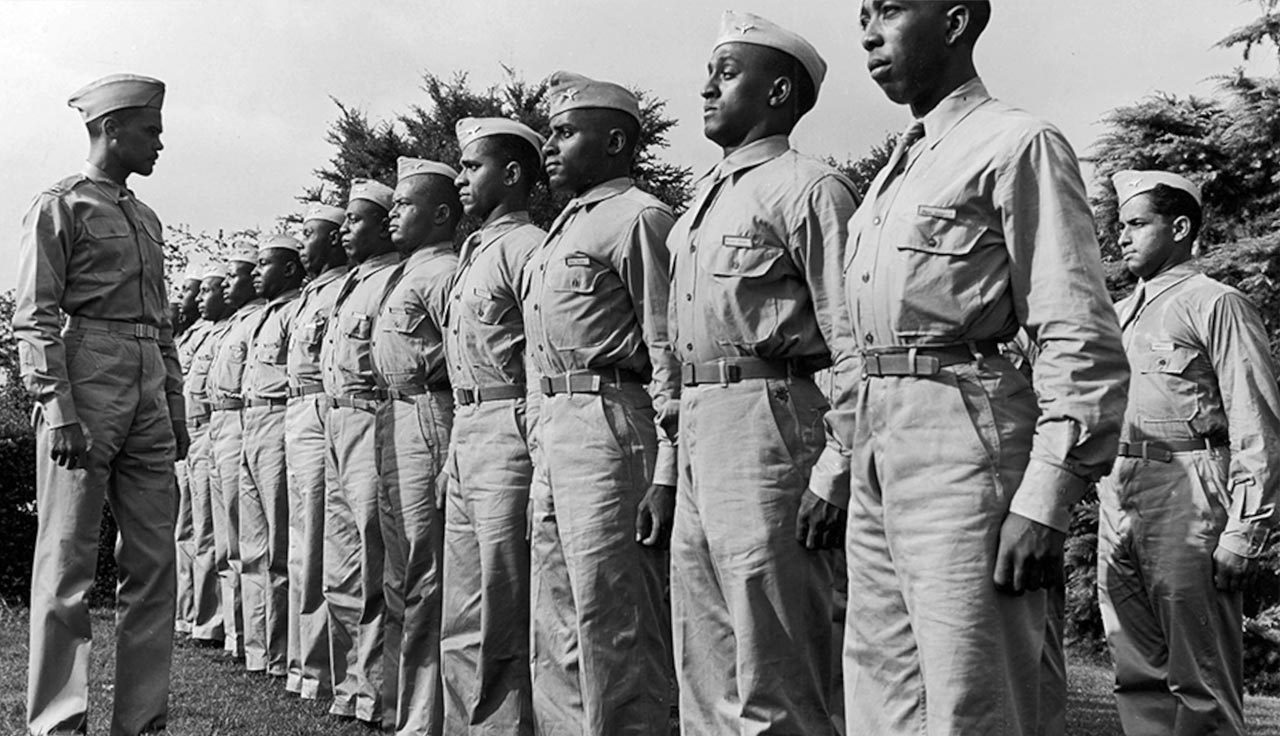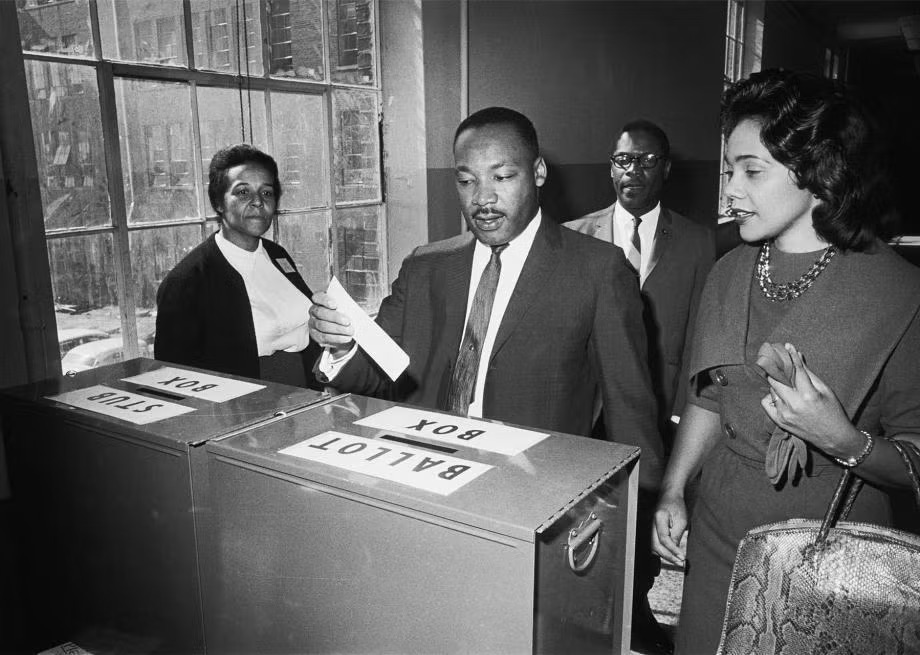Grassroots Movement
America fought and won a war for freedom and equality in Europe. But when the war ended, it was made even more clear that Black Americans who had served their country –and those who supported the war effort in America–were not treated equally at home.
The time for real change had come in America, which sparked a grassroots movement, led by bold and brave Black Americans, who were willing to risk jail-time, their jobs, and even their lives, for equality. But before we go further, let’s discuss what a grassroots movement is.


When you turn 18 years old, you get to vote and have a choice in who is making changes or improvements to America. When you vote, you elect leaders who make decisions on your behalf that impact you and your life.
But other than voting, how else can you, as an American, call for change at the city, state, or national level? One way is by organizing and participating in a grassroots movement. This is when people in a community band together to advocate–or call–for a particular policy-related result or outcome.
The important thing to remember about a grassroots movement is that it doesn’t start with officials in Washington, D.C., or in your state capital–it starts with and is fueled by the American people. People like you who care about something so much that they are willing to dedicate their time, talents, and effort to see it through! You can also think of a grassroots movement like a choir. When everyone sings together, they are stronger and louder than when each one sings alone.

Key Point
There were many people across the country involved in the Civil Rights movement who helped to advance equality for Black Americans in America. For this lesson, we’ll focus on three people who had an enormous impact on the movement and on our nation’s history: Rosa Parks, Rev. Martin Luther King Jr., and Ruby Bridges.
